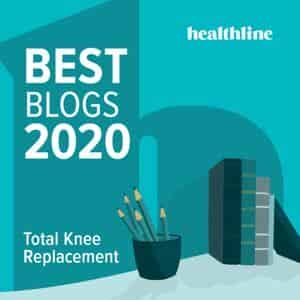TazHungry
new member
- Joined
- Nov 8, 2021
- Messages
- 12
- Age
- 43
- Country
 Bulgaria
Bulgaria
- Gender
- Male
Hello guys, I'm the next one with AVN and today I had my THR surgery which seems went well. I'm 40 years old male from Sofia, Bulgaria.
I'm not sure if there is already existing topic so please point me to the thread if there is one. For my day 1 I was wondering what should be the right toes direction when laying down on my bed? If let's say it's my left surgical leg then shoud it point to the ceiling e.g. 12 o'clock or it doesn't matter? Currently when I'm at rest it points around from 9 to 10 o'clock. When googling I wasn't able to find a good answer, only one video explaining that I should put a support pillow on the left side of my left surgical leg so that it points to max 12 o'clock otherwise a dislocation might happen it it is less than 12. Is that true what do you thing? On the other hand I know there is a rule to not move the toes to point to each other again because of dislocation risk.
Thank you guys and bear with me English is not my native language.
I'm not sure if there is already existing topic so please point me to the thread if there is one. For my day 1 I was wondering what should be the right toes direction when laying down on my bed? If let's say it's my left surgical leg then shoud it point to the ceiling e.g. 12 o'clock or it doesn't matter? Currently when I'm at rest it points around from 9 to 10 o'clock. When googling I wasn't able to find a good answer, only one video explaining that I should put a support pillow on the left side of my left surgical leg so that it points to max 12 o'clock otherwise a dislocation might happen it it is less than 12. Is that true what do you thing? On the other hand I know there is a rule to not move the toes to point to each other again because of dislocation risk.
Thank you guys and bear with me English is not my native language.




 to BoneSmart.
to BoneSmart.



